Google Ads is a great internet marketing platform for getting your online business off to a good start.
When running your marketing campaign, you might be tempted to ignore paid ad extensions and ad campaigns and just focus on creating great content. However, you might get the best results if you focus on both organic and paid search query traffic.
In fact, out of the 10 core key performance indicators (KPIs) used by marketers, Google Ads generates the highest ROI when it comes to online advertising:
If you’ve never run a Google Ads campaign before, this article will guide you through the process; from creating ad copy to keyword lists, finding the right ad extensions and boosting your click-through rate. And, if you’ve been running PPC ads for a while, this guide can be your refresher course.
Strategy #1: Research Customer’s Needs
Knowing your target audiences needs is the best way to reach them. You have to put yourself in your prospect’s shoes and provide the answers that your customers are looking for when they use the search networks.
First of all, remember that people love to feel appreciated. People also love to save time when it comes to finding the answer to their search query. Keep these basics in mind, as you begin to research your customers’ needs and plan your online advertising campaign. Use both your content and message to meet the needs of your business and its customers.
Studying your customers helps you to uncover the problems that they’ve been battling – problems that only you can solve. That’s when you become the go-to expert that they can rely on. Your site (or product) can go beyond their needs, to become a resource, not just for solving their problems, but also for giving them a new mindset. These results can also be worked into your keyword tool research; you can cut out the negative keywords that don’t matter to your audience and hone your match-type parameters to suit.
Start with your customer’s demographics. How do you find your audience/customer’s demographics? You can use a simple ad extension tool – Alexa.
On the homepage, plug in your site URL (e.g., marieforleo.com) and click the “Find” button:
Next, scroll down the results page to find your audience demographics. For example, the audience at marieforleo.com consists mostly of females who access the site from home, not from school or work. This is invaluable information that you can use in your online ad campaign to reach that target market.
Note: Knowing your customers’ demographics is just the first step. You also have to understand your customer’s buying cycle, to run a successful Google Ads campaign that will generate qualified leads and convert those leads into sales.
Strategy #2: Competitor Intelligence
A competitive audit is an essential strategy for running a profitable Google Ads campaign, especially when planning your match type keywords.
If they’re doing well, in terms of the positive and negative keywords that they target and the structure of their funnel, spying on your competitors helps you to do even better with your online advertising campaign.
To find out your competitor’s historical data, go to Spyfu.com. On the homepage, just plug in your competitor’s URL (e.g., mindtools.com).
Next, when you scroll down, you’ll see the organic and paid search keywords:
You can also see how your competitor’s Google Ads ad copy is written.
Use the data that you extract from spying on your competitors to create compelling ad copy and a great online advertising campaign that will grow your business.
Strategy #3: Craft a Powerful USP
The USP – which stands for “unique selling proposition” – is crucial, when you’re running a Google Ads campaign. Without it, you’re wasting time and money.
Even if you end up generating thousands of ready-to-buy leads, the chances of converting them into customers are slim, unless you can communicate to them the unique value of doing business with you.
Remember that people don’t really buy products. Rather, they’re after the benefits or solutions that those products provide. You should reflect this angle in both your ad copy and your overall online ad strategy.
So, what exactly is a USP? The Entrepreneur Small Business Encyclopedia defines it as:
The factor or consideration presented by a seller as the reason that one product or service is different from and better than that of the competition.
In other words, a unique selling proposition is what differentiates your product or service from the competitor’s offerings. Defining your USP is critical to your success.
If you can stand out from the crowd, it’ll be a lot easier to market your products and convey your message via your ad text to your prospects. Differentiation is the key to standing out.
According to Theodore Levitt, an author and professor at the Harvard Business School, differentiation is one of the most vital tactical and strategic activities that companies should consistently undertake.
Professor Levitt is right. If you want to be remembered in a crowded marketplace, your product needs a memorable USP. An example of a company with a memorable USP is Saddleback Leather.
This e-commerce site expresses a strong personality. In my opinion, there is no other leather bag company in the world like SaddleBack Leather. The site is full of tales about Mexican bullfighting and travel in developing countries, they use awesome ad copy, magical match type keywords, and they stand out on the search query results page.
In particular, the slogan nails the business’s USP beautifully:
“They’ll Fight Over It When You’re Dead!”
Another example of a site with a very strong USP is NerdFitness.com:
There are thousands of health and fitness sites. The fitness industry is a very competitive one and standing out is the only way to succeed in the online advertising space.
To accomplish this, Steve Kamb, founder of Nerdfitness.com, speaks to nerds only. As the word is used here, a “nerd” is a single-minded enthusiast in a given subject or topic. What’s interesting is that ‘nerd’ would normally be considered a negative keyword when it comes to the fitness industry.
By targeting this group of people via a creative search campaign, Steve has built a very strong brand that is a force to be reckoned with, not only in the fitness world but also in the health and marketing niches.
You have to identify what your targeted group of consumers wants and provide an excellent solution for them. That’s how to stand out.
When you’re creating your USP, even if you know that your product or service is the best around, you shouldn’t rest on your laurels. Instead, launch a search campaign to make your work accessible to your target audience.
In her book, Unique Selling Proposition Formulas, author Jalanda James says that letting your work speak for itself is not good enough. Today’s competition is too fierce.
She explains that if you don’t let potential customers and clients know why they should choose you over others, you’ll ultimately struggle to grow your leads and increase your revenue.
When running a Google Ads campaign, an effective USP will keep you on track, by attracting only the leads who will eventually buy your products and refer others to you through word-of-mouth.
Here are a few simple steps to develop a winning USP for a Google Ads campaign:
Step #1 – Get inside your ideal customer’s head: Today’s customers are more sophisticated and can access the best tools out there, before making a final buying decision.
It’s your responsibility to prove your worth. In his classic book, Getting Into Your Customer’s Head, Kevin Davis says that the customer is the core of your business. Certainly, without your customers, your business will suffer.
More than ever, the customer is prepared to resist a hard sell which is why you need to be smart with your ad copy and your match type keywords. Unless you’re tougher and more knowledgeable, you may end up wasting the money that you invested in Google Ads. Get into the customer’s head and you’ll ultimately speak their language.
You’ll then be able to answer these questions:
- Who is your ideal customer, deep down?
- What challenges/problems/needs do they have?
- How can my product/service help them?
- What words are they using to find my products?
- What negative keywords do I need to cut out?
- How desperately are they looking for solutions?
If you’re very observant, you’ll notice that most successful mobile device brands, such as Apple and Samsung, don’t focus on selling devices in their marketing efforts. Instead, they sell prestige and style.
For example, when a customer is looking at the MacBook, he’s imagining what it’d feel like to own this awesome device. He’s envisioning the cheers and envy from friends and family members.
In other words, successful brands speak to the emotions of their customers, because that’s what drives sales. According to numerous research studies, customers all over the world buy products based on emotion, then later justify the purchase with logic. This is an important fact to think about when planning your online advertising campaign.
As I said earlier, it’s much easier to figure out what your target audience is after, when you research the match type keywords that they’re typing into the search engines.
To do this, just log in to Google Ads Keyword Planner. Type in your main keyword (e.g., iPad case) and click the “Get ideas” button.
You’ll see the exact match keywords that your customers are searching for when typing in their search query, along with their volume (how many times the keyword is searched for in a month) and suggested bid.
Suggested bid: The suggested bid is really important. If you want your ad to be more visible in the search query and display networks, you have to either match or exceed the suggested bid.
Average monthly searches: This value refers to the number of times that your ideal customers are typing a given keyword into their search query. When running an online ad campaign with Google Ad, you want to target keywords with at least 700 monthly searches, so that you can reach a decent number of people who’ll be interested in your offer.
Competition: This refers to the number of advertisers bidding for the same match type keywords who are willing to invest more or stay within the suggested bid, in order to rank highly in the search query results.
2). Clearly explain how your business solves your customer’s problems: The easiest way to clearly explain your business to customers is to start with the understanding that your customers are not looking to buy another product and to work this into your ad copy.
They’re probably dissatisfied with their past investments in products, which didn’t work. Otherwise, they wouldn’t still be looking for a solution to the problem.
More than anything, what they’re really after is a solution. Your unique selling proposition has to focus on the solution that you provide and communicate this effectively with your ad copy and campaign.
This is not the time to talk about your accolades or how much you spent creating the product. That may be useful when you’re building a future brand, but not when you want to close the sale.
So, to really nail this, study your ideal customer’s persona carefully. Find out exactly how they respond to marketing messages and then tailor your product accordingly. That way, they’ll see the solution and not necessarily the product.
Remember that when you’re explaining the solution that your offer delivers, you have to be clear about it.
3). Create an elevator pitch: How long will it take for your customer to see the benefit that you provide? Sure, your product may be right for them. But, if you’re not able to make the benefits stand out, the instant a potential customer visits your site, you’ll lose out. You need to create an elevator pitch with your ad copy.
An elevator pitch is simply a succinct and persuasive sales pitch. It shouldn’t be too “salesy.” You should highlight your product’s strongest benefit and, if possible, compare yours with similar products from competitors.
To create your elevator pitch, start by defining your goal. Then, you’ll know what direction your pitch should take. For example, if your goal is to convert visitors into email subscribers, you might start your elevator pitch like this:
Join the list and learn how to [ ______________ ]
Download a free report and discover [ ___________]
You could also explain who you are, then quickly introduce your USP to captivate the customers.
4). Use your USP to craft your Google Ads: When writing your Google Ads, try to use ad extension methods to add your USP to the headline, the ad text or both. This is similar to the same process that you use to integrate long-tail keywords into your blog posts.
Many marketers focus on keywords when writing their ads because they understand that people search with those text strings.
Each time a customer types a keyword into Google, several Google Ads related to that keyword phrase will appear and the user has to decide whether or not to click your ad.
When you integrate your USP as an ad extension, you’ll stand out, both on the display networks as well as in the search engine results. A typical example is Godaddy’s reseller hosting ad. See how they made their USP visible?
And, of course, you’ve seen examples of how marketers and advertisers use their USPs to develop a strong landing page.
This strategy works because when prospects click on the ads, there will be a congruence in both the ads and the resulting landing page.
Strategy #4: Captivate With a High-Converting Landing Page
A study by Econsultancy found that, on average, for every $92 spent to acquire a lead, only $1 is spent to convert the lead into a customer. If you’re looking to increase your conversion rate, then your landing page has to appeal to visitors. To do this you need to avoid negative keywords, have a great design, and work in compelling ad copy.
The landing page that you send your ad traffic to is critical to your success. If you miss this mark, you may end up wasting your hard-earned money and your online advertising efforts are sure to suffer.
According to WordStream, the most important factor for an optimized Google Ads landing page is relevance.
Your ad’s landing page should contain original and useful content. This will give your leads a clearer understanding of what’s on the other side of your funnel and encourage them to opt-in or sign up.
The best approach is to send them to a landing page that was created for the sole purpose of welcoming your Google Ads traffic and leading them through your funnel.
Let’s say that you send 1,000 leads from ads to your high-converting funnel. You’ll likely convert about 100 into prospects and get 10% of those 100 leads to buy your product.
Just like Facebook, Google Ads expects your landing page to provide a rich experience for the user. User optimization is the next step, after making your landing page relevant to the offer.
In other words, if you run an ad promoting a tool for building a website easily and quickly, then your landing page has to show it.
Of course, when you’re creating your landing pages, you can use any of the templates provided by Leadpages.net or Unbounce. But, make sure that it allows you to add your own content. so you can provide immense value to your visitors.
Here’s an excerpt, from Wordstream, on how to make your landing page high-converting:
Additionally, write your ad copy to provide answers to some of your users’ questions, even before you ask them to opt-in or buy your product.
As a rule of thumb, you should never ask your Ads leads to buy your product right on the landing page. Google recommends that you focus on these 4 important tips:
A landing page should have a compelling headline, great match type keywords, showcase the benefits with bullet points and have significant visual appeal. Here are some tips:
1). Create an irresistible offer: In his book, The Irresistible Offer, Mark Joyner says that your customer is going to give you 3 seconds to make the sale. The question is: what are you going to say in those 3 seconds?
If you want to craft an irresistible offer, you’ve got to realize that your leads aren’t just out looking for the product with the best design and packaging.
What prospective customers are seeking is the right solution to their problems. For example, if a man is suffering from arthritis in his legs, he’s probably not interested in a video course, an ebook or an audio product.
When HubSpot created a Pinterest ebook, entitled: How To Use Pinterest For Business, it became HubSpot’s most successful ebook, with over 90,000 downloads. And, it’s generated over 25,000 qualified leads, so far.
Giving away ebooks, reports, videos, and podcasts is a great way to entice the prospects to take you up on your offer. They may end up downloading for free or buying one of those informational materials, but only if they believe that you’ve got a solution to their problems.
That’s why you need to follow Mead’s advice: make the outcome of your offer plain. If your offer will help people build a list with 1,000 email subscribers, then make that crystal clear with your ad copy on your landing page.
Use valuable lead baits to build your value ladder, until you bring your leads to a point where they’ll trust you enough to buy your product.
Strategy #5: Create Compelling Ads
If you know what you’re doing, you can write a compelling Google Ad in minutes.
It doesn’t matter what your level of expertise is – once you understand your target audience and what solutions they’re searching for, you can better boil down that information, coupled with your product’s benefits into a compelling ad.
The ad headline is just as important as your blog post headlines. You have to make sure that it’s attractive and intriguing to your prospects.
Earlier, we researched some keywords that are used in search queries. In this section, we’ll use the same keywords and creatively craft clickable headlines and ad text that’s based on them. Here again, is the screenshot of the keywords:
Of course, before you can create a Google Ads ad, you’ve to log in and create a campaign. Let’s quickly get that out of the way:
Step #1: Create your campaign: On your Ads dashboard, click the “+Campaign” tab and select where you want your ad to appear. Personally, I prefer search engines and display networks:
Use a campaign name that’s relevant to your offer (e.g., social media event). If you’re going to be creating multiple online advertising campaigns, it’s crucial to use distinctive names for each of them.
Next, set your locations and choose your languages. If you’re targeting English speaking countries, just select English:
Finally, set your max CPC bid, automatically or manually. I usually set my cost per click between $0.80 – $1.00, but this completely depends on my offer and how much I plan to realize, in order to get a decent ROI.
Your daily budget should fall within $30 – $70 if you’re a beginner and still getting your feet wet. I recommend that you start small and scale it from there while learning the pros and cons of Google Ads.
After setting your daily budget, click the blue “Save and continue” button. You’ll then be taken to the next step, where you can enter your ad copy:
The text boxes in this section have the following labels and purposes:
- Ad group name: This is simply the name that you tag your ad group with. Make sure that it’s relevant to your offer.
- Headline: The headline is the first part of your ad copy that’s seen on the search engine results and display networks, depending on your preference.
- Description 1: The first line where you describe or introduce your offer to your audience.
- Description 2: This is the last space that you’re given to craft a compelling phrase or short sentence that will attract and hook your customers.
- Display URL: You can use any URL here, provided that you don’t violate trademarks, copyright laws, etc.
- Landing page: When a prospective customer clicks your ad headline, the landing page that you entered here is where the person will be redirected to. So, it’s actually more important than the display URL.
When the above elements are in place, you’ll get ad copy that’s similar to this:
To be honest with you, the headline is the most important factor in your Google Ad copy. It alone can determine your ad’s success or failure. Get it right and you’ll attract more clicks – get it wrong and you’re going to waste money.
Here are tips for writing your ad headlines:
Include a number: Moz discovered that numbers outperformed other types of headlines for blog posts.
But, this is equally true for ad copy headlines. Using numbers will make your headline stand out:
Make a promise: You can easily craft an attention-grabbing headline by making a promise. Just identify what your customers want, then make a bold promise in the headline:
E.g., Relieve arthritis pain fast
Here’s a typical ad example, as it appears in the search engine:
Add the word “free:” Free is a power word. If it’s applicable, add it to your ad headline. You can use it as a negative keyword to target your ad more specifically if you wish.
Remember that when you’re writing your ad copy, you can preview how it looks, right there on your dashboard:
When creating the various fields in your ad, take note of the character limits:
Conversion tracking: Setting up conversion tracking is very important. It’s how you’ll know how many of your ad clicks resulted in valuable customer behaviors, such as email sign-ups, app downloads, website purchases, phone calls and more.
To set conversion tracking on your site, simply generate a piece of HTML code, in Ads, that you can paste into your page’s code in order to track its activities.
If you’re ready to generate your HTML code:
See this… Google Conversion Tracking: Complete Guide to Conversion Tracking in Ads
There’s also a relatively recent way to know what’s happening on your web page: Flexible Conversion Counting in Ads. This feature can help you achieve much more with your ads. You may want to watch the video below, for more insights.
Strategy #6: Optimizing Your Ads for Success
If you’re an e-commerce marketer, then you need a funnel that will help you retarget your prospects and bring them back to your store.
But, if you’re not into e-commerce, you can still use a similar funnel that will make conversions easier. Basically, you should optimize your settings for:
Search vs. Display: When you’re running a Google Ad, you can instruct Google to show your ads on their search engine only and not on display networks, such as other partner sites.
You should choose both search and display if you want to reach more people. See the difference below:
The Search Network is powered by the keywords that people use.
On the other hand, the Display Networks are concerned with other partner sites and are controlled by the theme of the site or topic. You should set your Ads to appear on Display Networks only when you’re building your brand or you want to gain traction online.
But, if you’re looking to make sales, or attract qualified leads, use Search Networks, because you’ll be targeting customers based on the search query keywords that they type into the search engine.
Remember to optimize your settings for device bids, keyword match types, and negative keywords. The more you optimize these elements, the more your conversion rate will increase.
Testing the ads: Both conversion rate and A/B testing are two powerful concepts that you should pay close attention to.
As a marketer, your primary goal is to make sure that you’re maximizing the profit from your Google ads and other efforts.
Learning how to split test in Google Ads is a skill that will distinguish you from the rest and help you achieve the best possible results. So, how do you configure your test campaign?
First, select an existing campaign that you want to test. Make sure that you configure its settings properly. Follow these tips:
Basic Settings tab: Go to the settings bar and scroll down to the Experiments section right below the fold. Fill in the information that you’d like to gather and continue. It’s a lot easier to test campaigns when it they are running on the search networks as well as on the display networks. That’s when all features are enabled, in order for experiments to be available.
Save changes and continue.
Set an equal ratio A/B test: This simply means that you need to run a 50/50 A/B test – that’s the only way to get accurate data.
Go to the Ad Groups tab in your campaign, then add all of the parameters, as though you were creating a new ad group (keyword, title, ad copy, headline, URL). But, make sure to check the box which reads, “Add as experiment only ad group.”
Once you save, you’ll see that your ad has been marked and highlighted by Google’s own experiment symbol.
Monitoring your experiment: After a few days, you may want to check to see what’s happening. You can now monitor the difference between the control and the variation.
To monitor the difference, go to Campaign > Segments > Experiments. Right there, you’ll be able to see both Ad Groups. Make sure to study the data, because it’ll come in handy when you’re making future marketing decisions.
Conclusion
An integral part of content marketing is actually investing in pay per click advertising traffic. It’s proven to generate quality leads and increase your sales.
When you’re looking to drive 20,000 leads to your business, it’ll either cost you money to launch a PPC ad campaign or it’ll cost you time and effort to create top-notch content on a regular basis.
The best approach is to learn how PPC campaigns work, then start small and explore from there using this google Ads guide to help.
What has been your experience with Google Ads? How do you choose your negative keywords? Do you prefer to be content-driven or to invest in click advertising for your online ads?
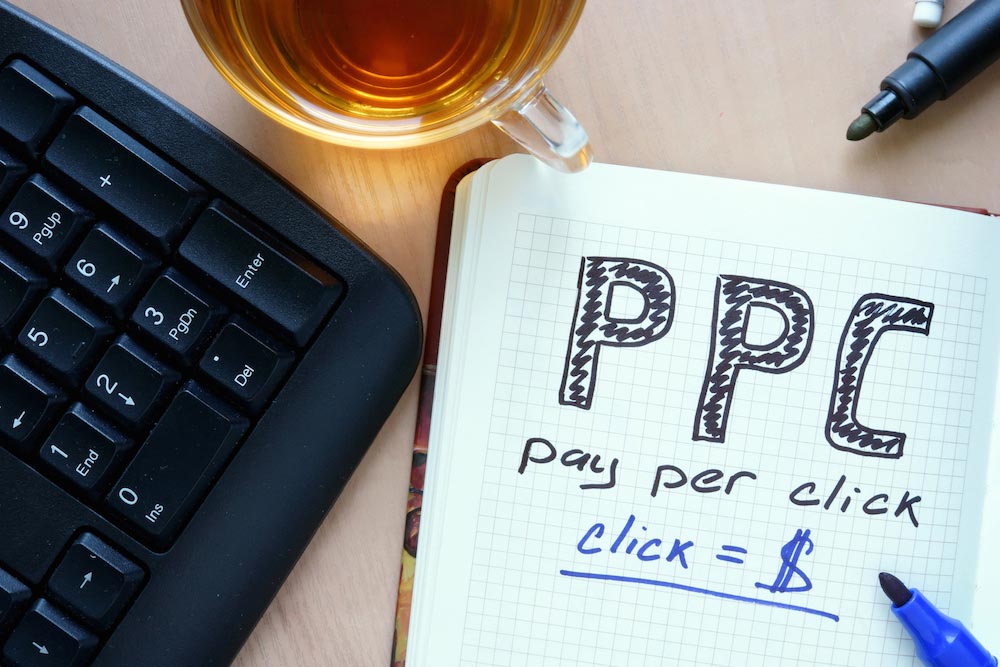
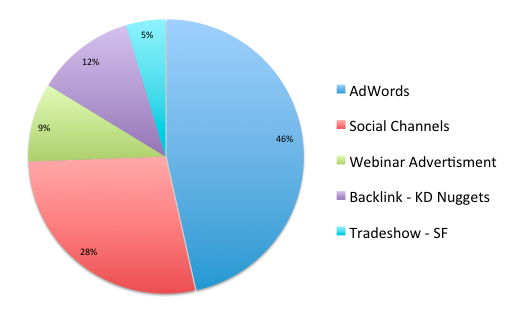
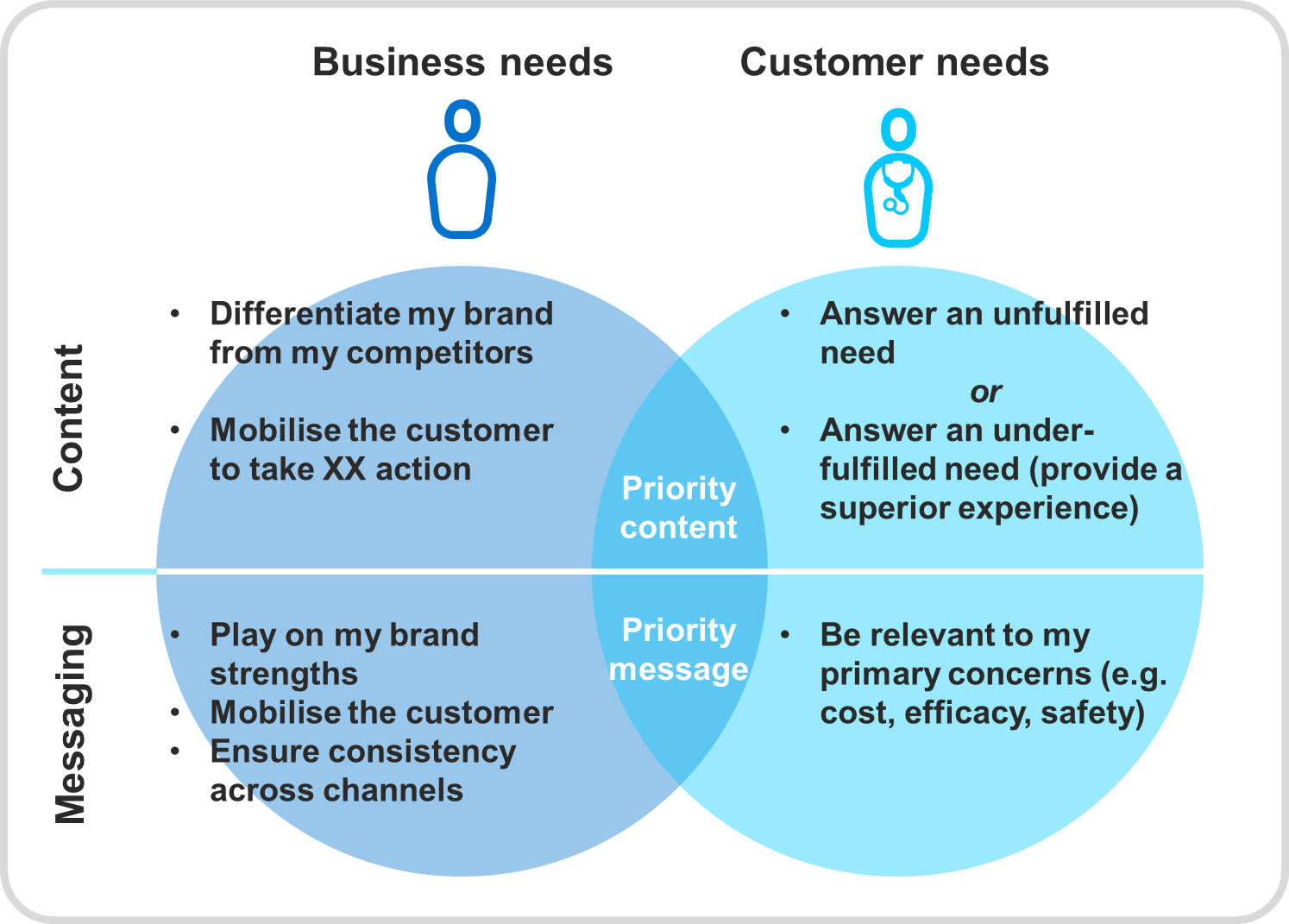
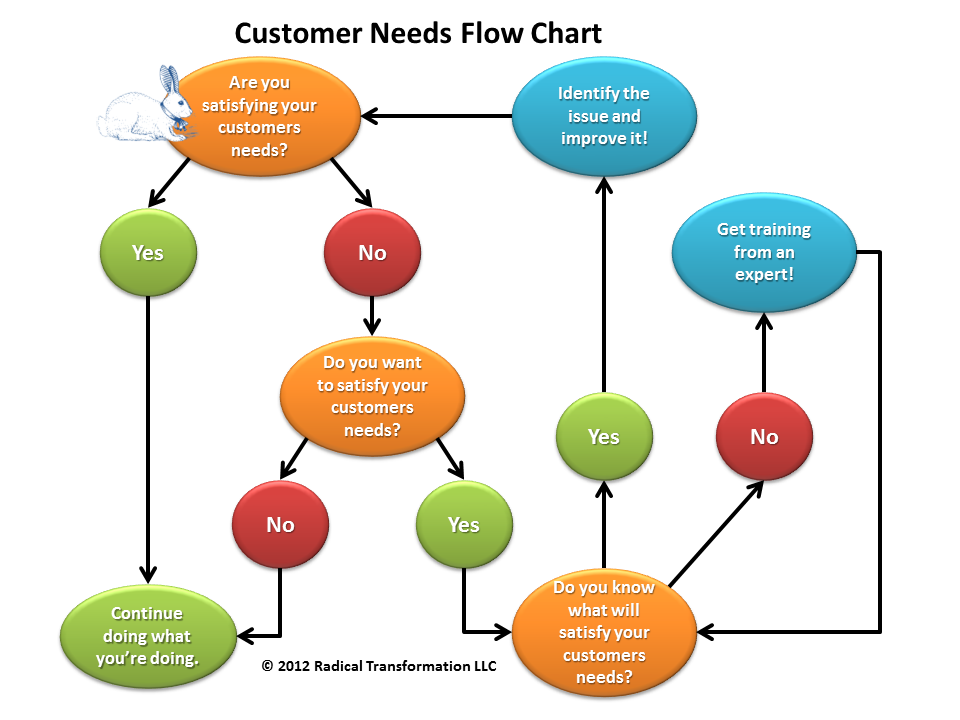
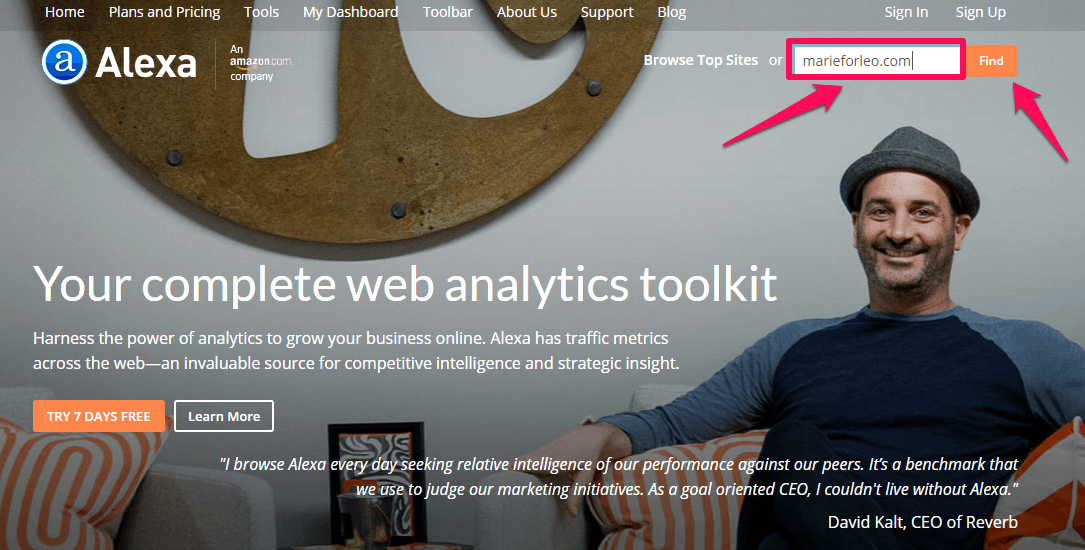



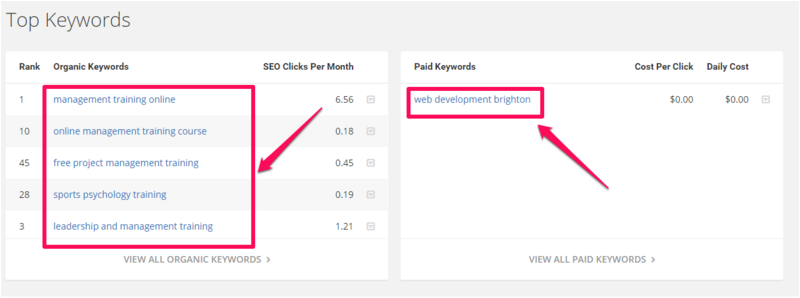
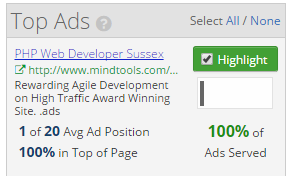

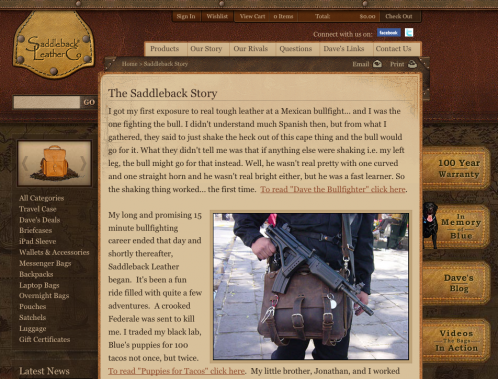




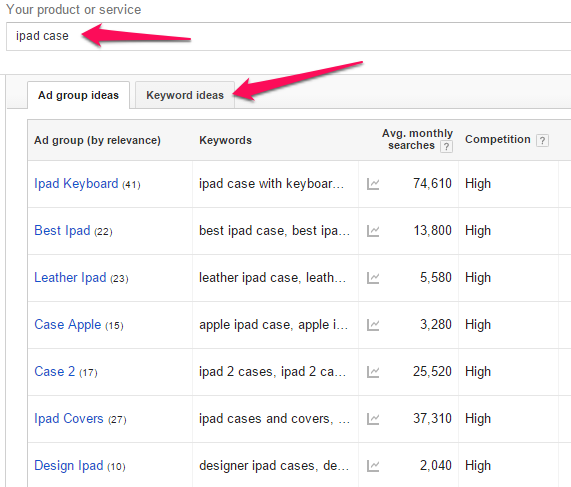
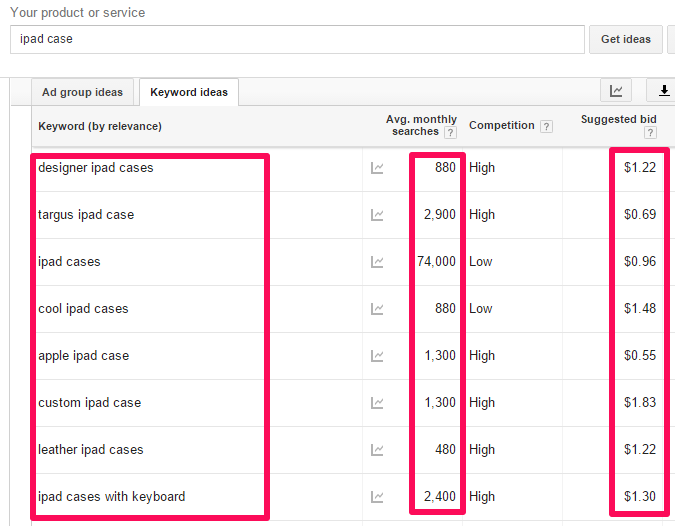

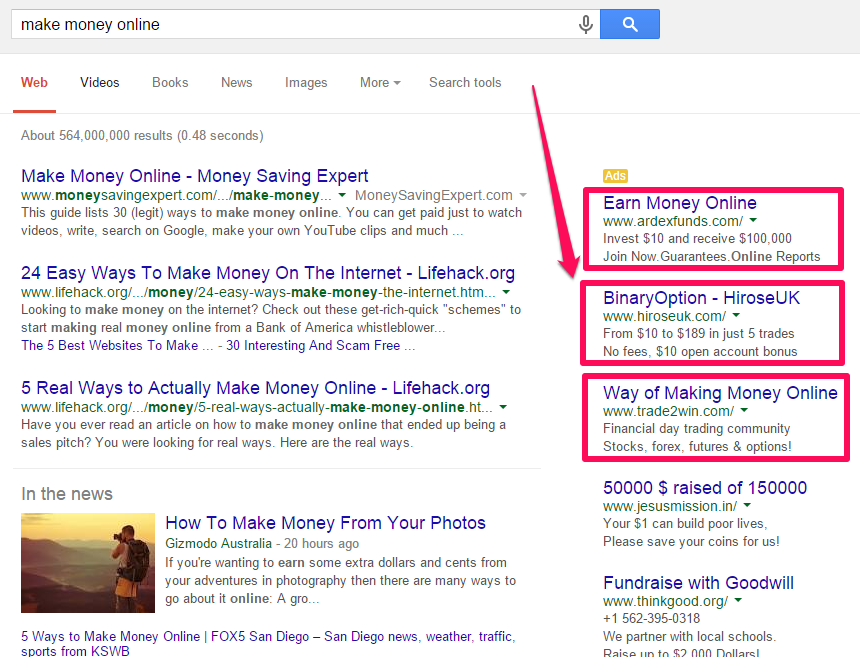
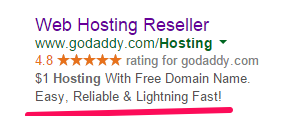





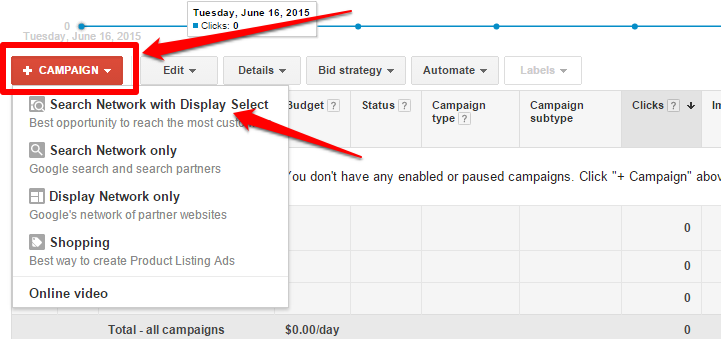

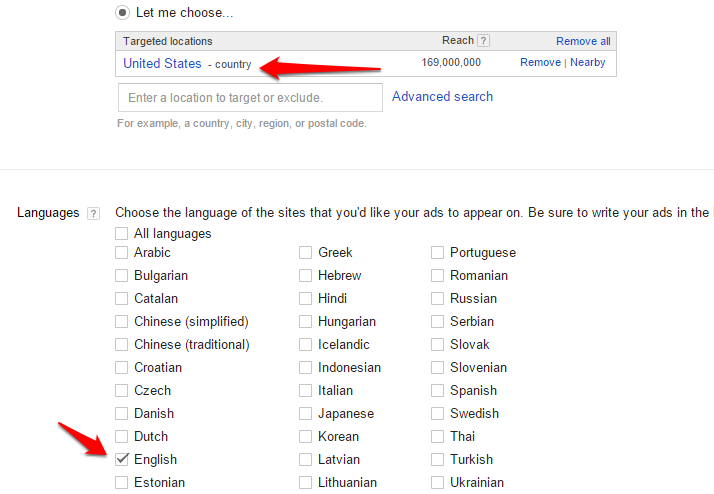
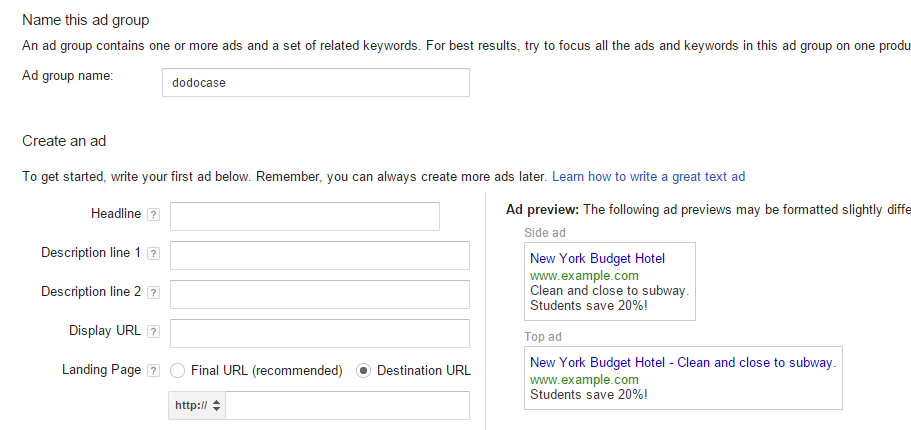

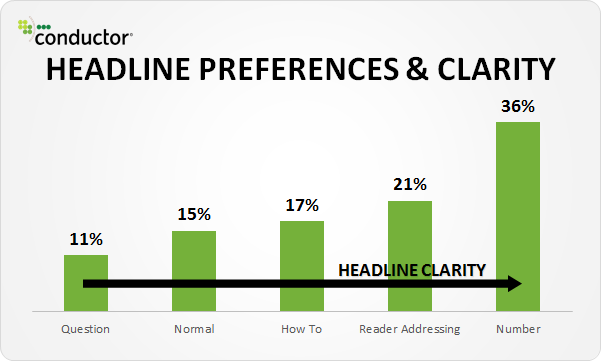



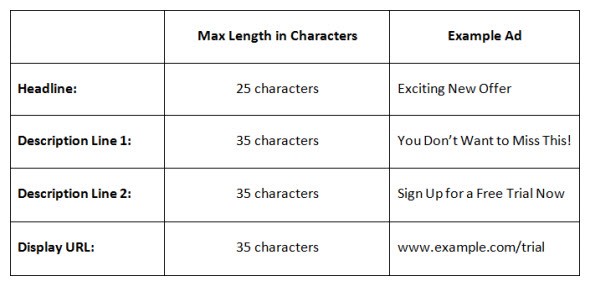


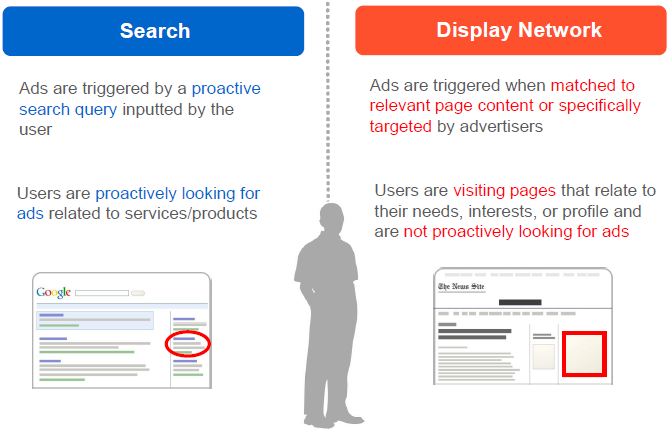




Comments (56)